13 Actors of the ’70s Who Could Command a Room Without Ever Raising Their Voice
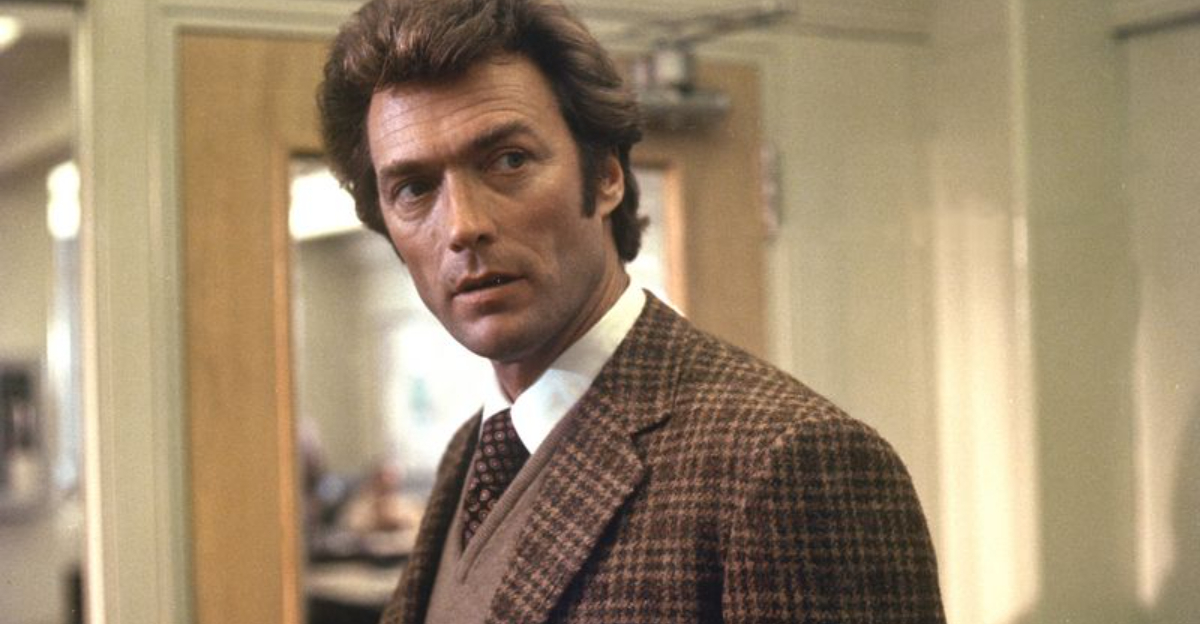
The 1970s gave us some of Hollywood’s most commanding performers who didn’t need to shout to be heard. These masters of restraint could silence a crowded room with just a whisper or a pointed glance.
Their power came not from volume but from presence – that mysterious quality that draws all eyes to them even in their stillest moments.
1. Robert Redford’s Golden Stillness
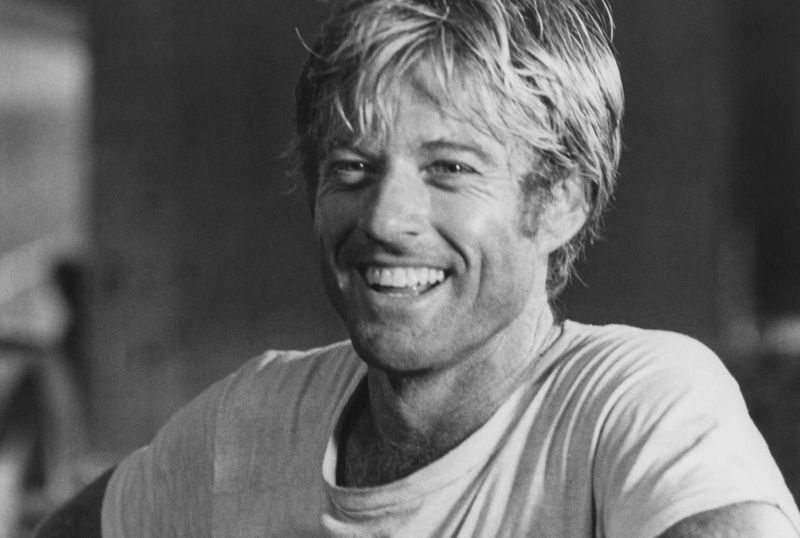
Hollywood’s golden boy possessed a magnetic calm that made everyone lean in closer. Whether playing the charming con man in The Sting or the mysterious Gatsby, Redford communicated volumes through his measured delivery and thoughtful pauses.
His blue-eyed gaze could convey more meaning than pages of dialogue. Directors often remarked how Redford’s quietest scenes became the most memorable moments in their films.
2. Meryl Streep’s Whispered Brilliance
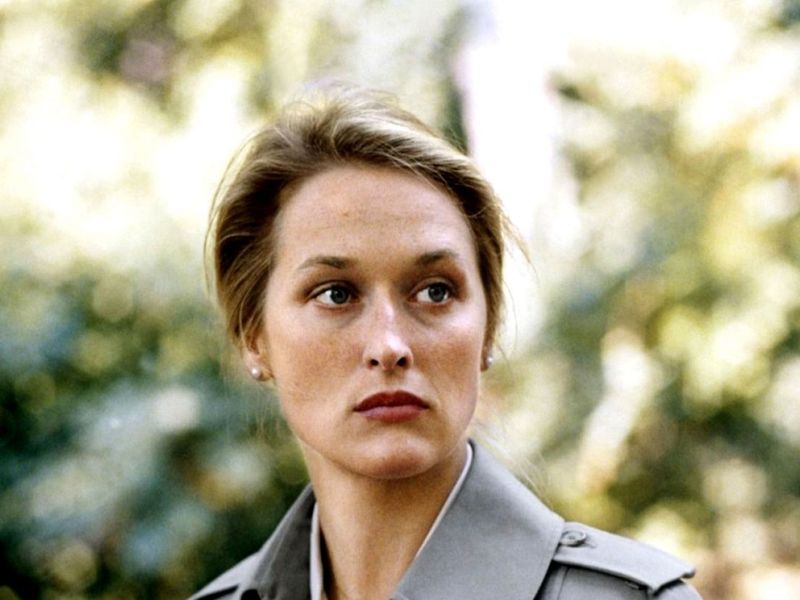
Before collecting her mountain of Oscars, a young Streep stunned audiences with her controlled emotional depth in Kramer vs. Kramer. Her technique of lowering her voice rather than raising it forced viewers to pay closer attention.
The courtroom scenes showcased her ability to command attention through deliberate understatement. Streep’s early performances established her reputation for finding power in vulnerability rather than volume.
3. Al Pacino’s Simmering Intensity
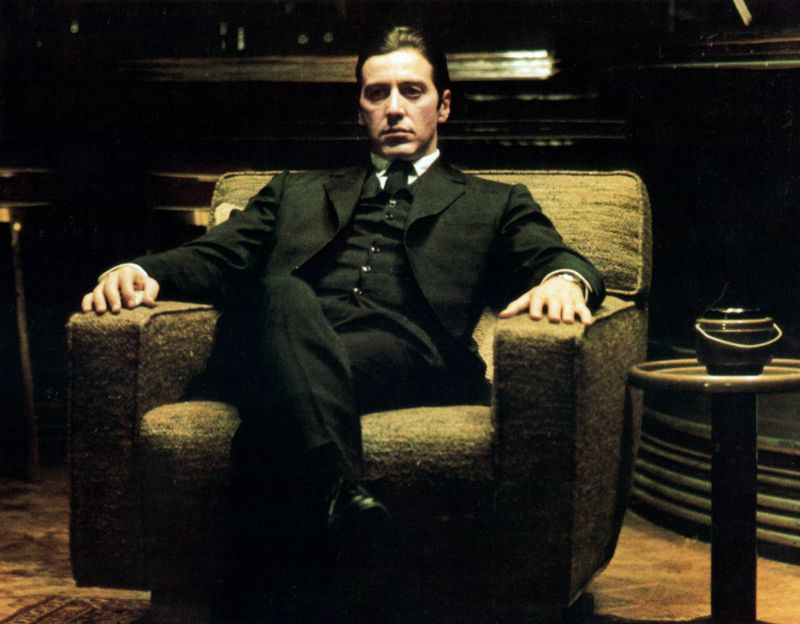
Before becoming known for his explosive outbursts, early Pacino mastered the art of quiet menace. His Michael Corleone transformation in The Godfather happens through subtle shifts in posture and microscopic facial changes.
The restaurant scene where Michael retrieves a hidden gun showcases this restraint perfectly. Pacino could communicate volcanic emotion while barely moving a muscle – his dark eyes doing all the heavy lifting.
4. Diane Keaton’s Nervous Eloquence
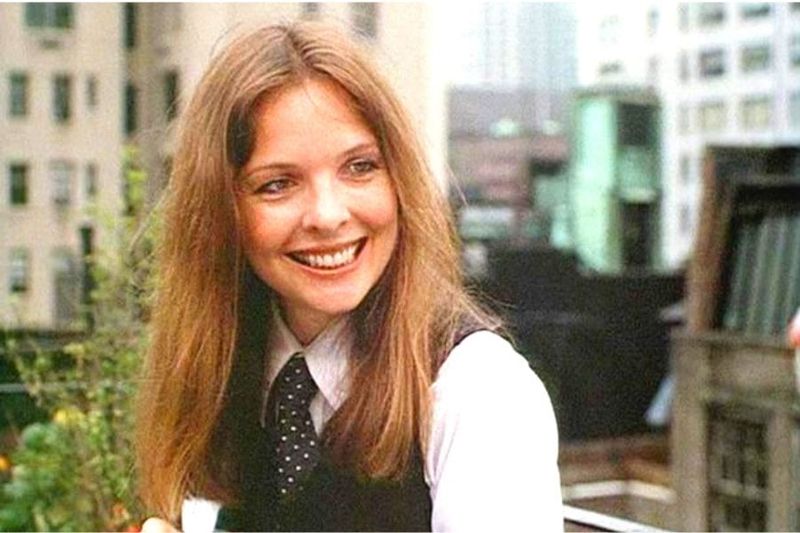
Keaton turned hesitation into an art form. Her Annie Hall character’s rambling monologues, delivered in a soft, uncertain voice, somehow commanded more attention than any shouted line.
Audiences strained to catch every word of her brilliantly neurotic observations. Keaton’s genius lay in making vulnerability feel like strength – her characters spoke softly because they were thinking deeply, not because they lacked conviction.
5. Gene Hackman’s Understated Authority
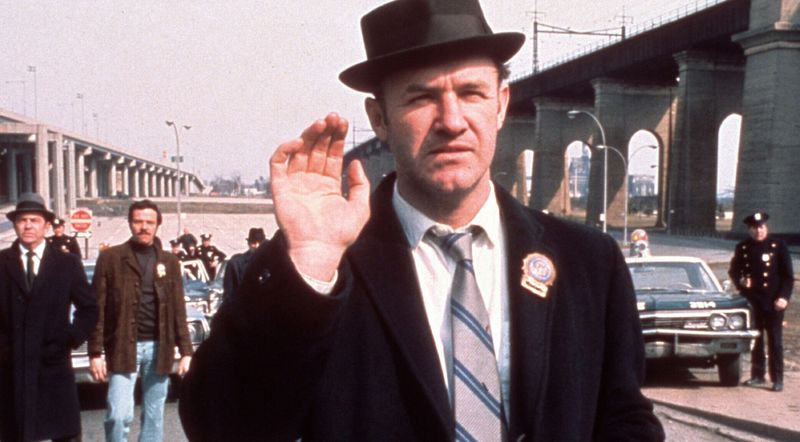
Hackman could dominate a scene while barely moving his lips. His Oscar-winning performance in The French Connection showcased a detective whose quiet intensity was far more intimidating than any shouting match.
Watch how other characters instinctively fall silent when he enters a room. Hackman’s economy of expression made his rare emotional outbursts all the more powerful – like thunder after hours of gathering storm clouds.
6. Faye Dunaway’s Elegant Restraint
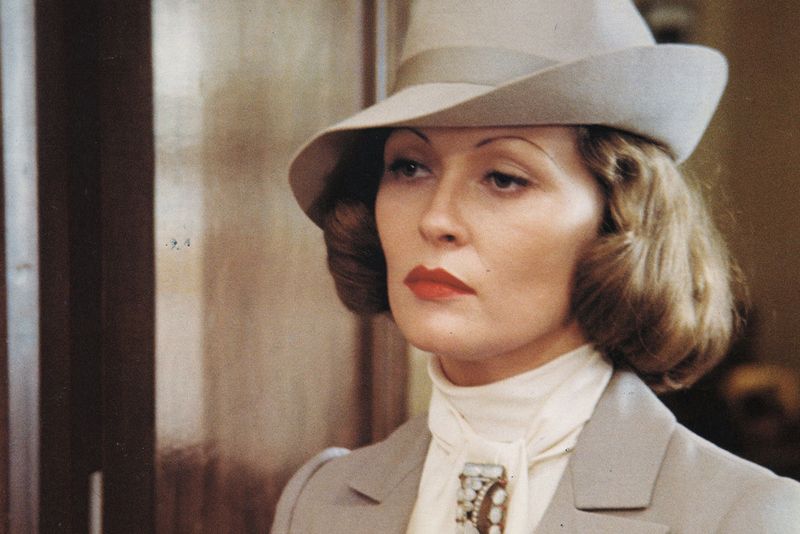
Dunaway’s ice-queen persona in Chinatown and Network demonstrated how stillness can be more unnerving than chaos. Her carefully measured words carried the weight of secrets, making audiences hang on every syllable.
Those famous cheekbones barely needed to move to convey volumes. Directors often positioned her in static shots, knowing her smallest eye movement would captivate viewers more than elaborate action sequences.
7. Donald Sutherland’s Eerie Calm
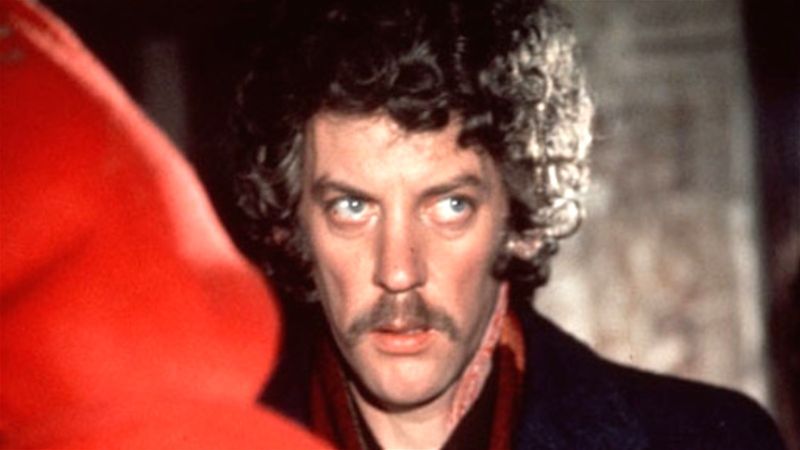
Sutherland’s lanky frame and hypnotic gaze made him the master of unsettling quietude. His performance in Don’t Look Now showed how whispered lines could be more haunting than screams.
Even in ensemble films like MASH, he commanded attention without raising his voice. Sutherland’s characters often seemed to exist slightly outside normal reality – their quiet delivery suggesting access to knowledge others couldn’t grasp.
8. Jane Fonda’s Controlled Passion
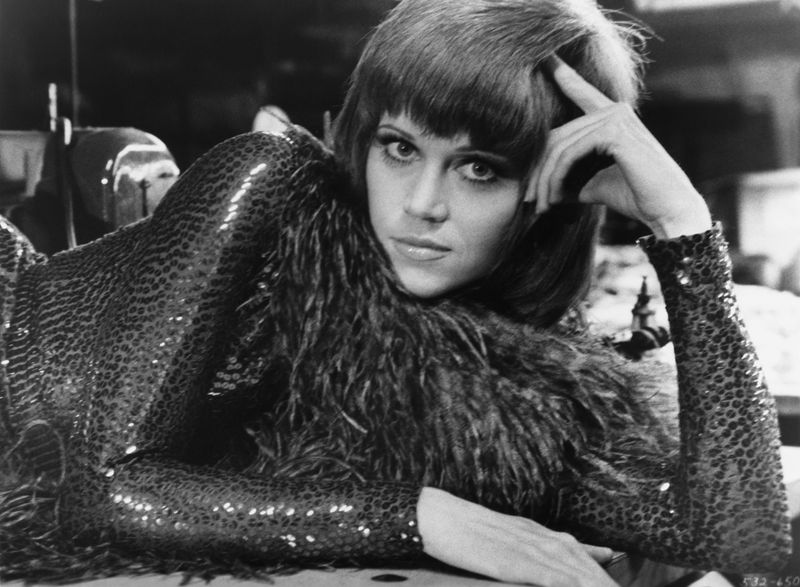
Her political fire burned brightest when she spoke most softly. Fonda’s performance in Klute demonstrated how a whisper could convey more authentic emotion than a shout.
The therapy scenes showcase her mastery of restraint – revealing trauma through the smallest vocal shifts. Fonda understood that power comes from making people work to hear you, not from overwhelming them with volume.
9. Jack Nicholson’s Dangerous Murmur
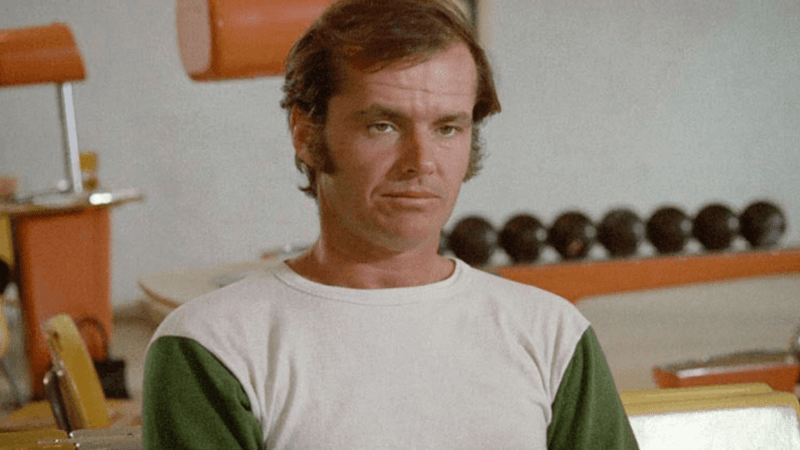
Before his eyebrow-raising larger performances, Nicholson mastered the art of the threatening whisper. His work in Five Easy Pieces and Chinatown showcased a man whose softest words carried the most menace.
The famous diner scene demonstrates his ability to control a situation without volume. Nicholson’s early characters operated with a simmering undercurrent of rage that was all the more effective for being tightly controlled.
10. Sissy Spacek’s Haunting Softness
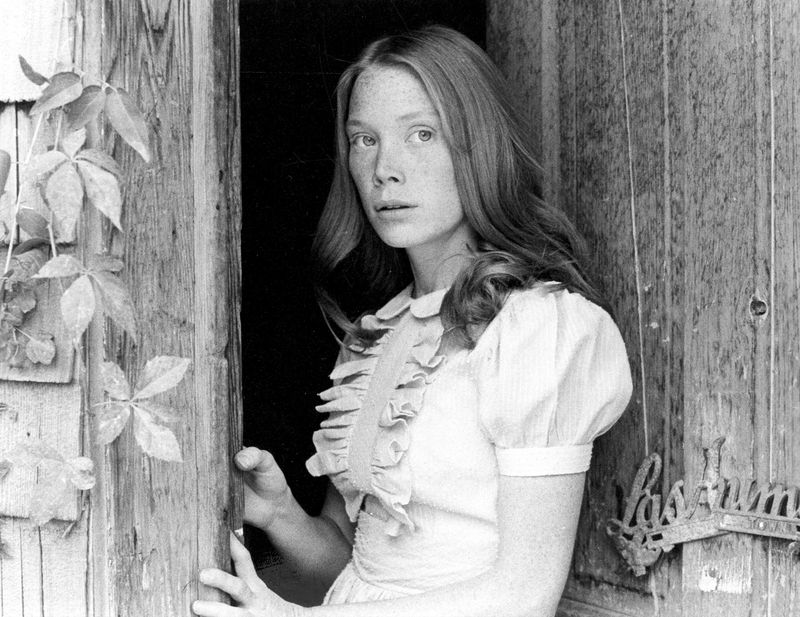
Spacek’s whisper-thin voice became her secret weapon. In Carrie and Badlands, her childlike delivery made her characters’ darkness all the more disturbing.
Her soft-spoken narration in Badlands creates an eerie disconnect between tone and content. Spacek understood that a gentle voice describing terrible things creates an unsettling tension that screaming never could – making audiences lean forward rather than pull back.
11. Clint Eastwood’s Menacing Minimalism
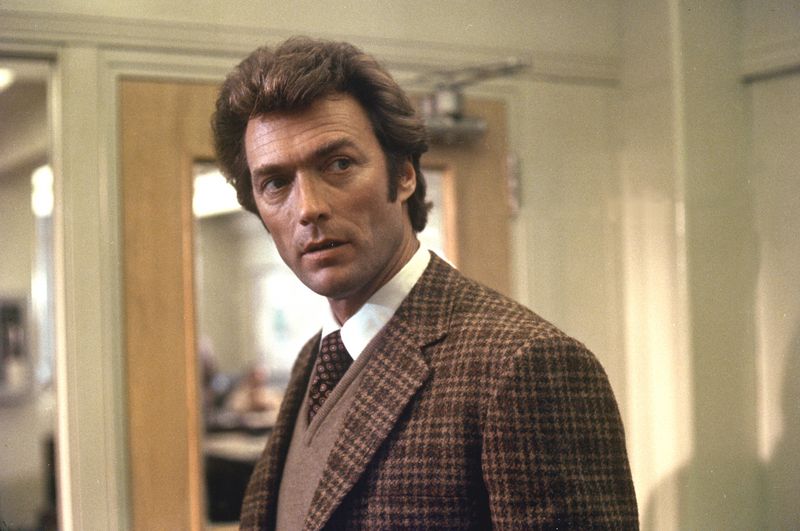
The king of the whispered threat, Eastwood turned speaking softly into a power move. Clint’s squinted delivery of “Go ahead, make my day” works precisely because it’s not shouted.
Dirty Harry’s interrogations demonstrate how lowering your voice forces others to strain to hear you. Eastwood pioneered a masculine quietude that suggested true confidence needs no volume – a philosophy that influenced generations of action stars to follow.
12. Ellen Burstyn’s Quiet Desperation
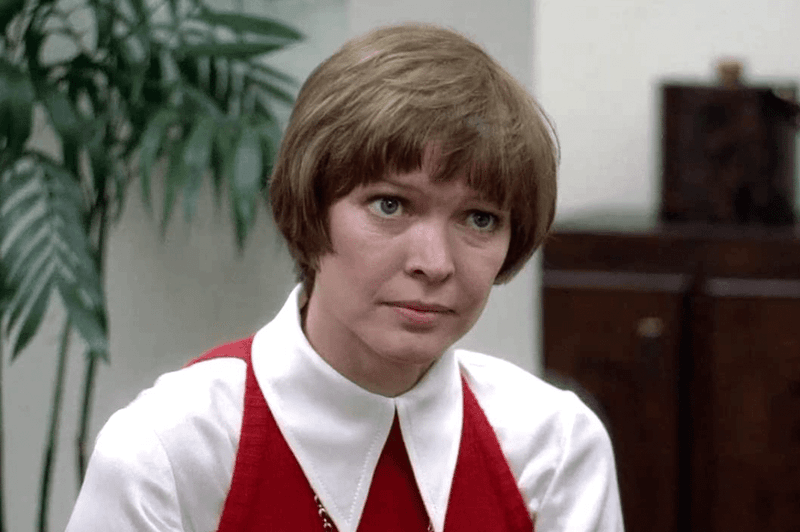
Burstyn’s performance in The Exorcist showcased her ability to convey maternal terror through controlled delivery. Her conversations with doctors about her daughter’s condition are masterclasses in restrained emotion.
Even more impressive was her work in Alice Doesn’t Live Here Anymore, where her subdued determination spoke volumes. Burstyn understood that authentic emotion often emerges in hushed tones rather than dramatic declarations.
13. Anthony Hopkins’ Surgical Precision
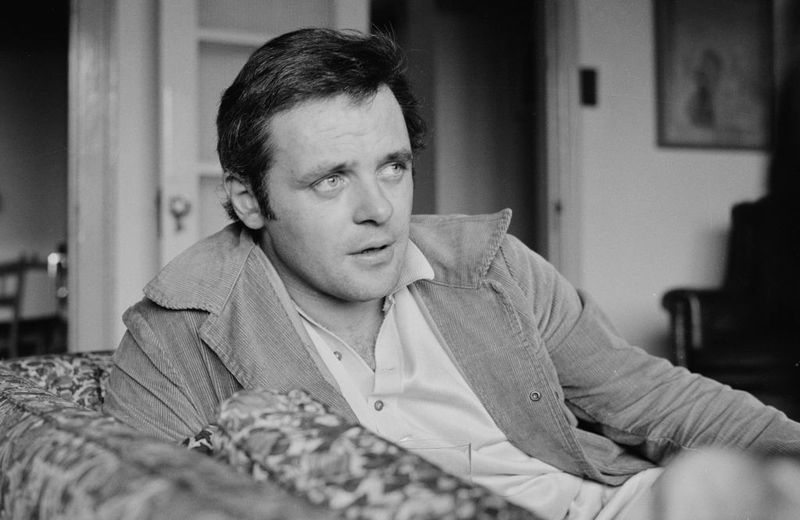
Before Hannibal Lecter, Hopkins was already mastering the art of the controlled performance. His work in The Elephant Man showed how carefully chosen words, delivered with perfect diction, command more attention than emotional excess.
Hopkins’ characters speak as though each word costs them something. His technique of occasionally dropping to near-whisper forces viewers to concentrate completely on his performance, creating an almost hypnotic effect.
